History is my absolute favorite subject. Over the years we have used a lot of different types of history curricula supplements that we have really, really liked. But, my absolute favorite history curriculum is The
Mystery of History.
The first time I ever heard of the Mystery of History was at a small homeschool convention several years ago. A friend of mine was hoping to find Mystery of History at the used book sale they held at the convention. I had never heard of it before so when I came home I went to the website and checked it out. I really liked what I saw, but I already had curricula to use for the next school year and didn't have the extra money to spend. That year I had too many different things going on with each child using a "grade level" curriculum. I had 3 school age children then and it was already hard to juggle all the different assignments. I couldn't imagine what it would look like in a few years with at least 6 children to homeschool! I went back to the Mystery of History website and the next August we started Vol 1 Creation to the Resurrection. The next year we went on Vol 2. This year we took a break and did a year of American History since Alex had never done American history and Nick had done very little. Next fall we will be continuing on with Mystery of History Vol 3 and hopefully Vol IV will be available to purchase soon.
What do I love about Mystery of History?
It is creation based and chronological starting with the creation of the world. Very few history courses start with creation. It shows a great picture of what is taking place all over the world during the different time periods of history instead of focusing on one area at a time.
It is complete. All you "need" to teach the curricula is in one book, with the exception of Vol 3 that was split into 2 books. There are other suggested resources but those are if you want to study a topic more in depth and not necessary to complete the curriculum.
It can be used with all of your children grades k-12. Different levels of activities are listed for different age groups. The lessons are easy to teach and fun and interesting for the teacher and the student. The author has a beautiful way of writing and more than once a lesson has brought me to tears! I have learned a LOT about history that I never knew before.
There are plenty of hands on activities to pick and choose from. You do not have to do all (or really any if you don't want to) but the ones chosen really are a good hands on way to bring history alive to your students.
.JPG) |
| "map" of Ancient Egypt |
It includes mapping activities and the necessary maps and keys are included in the book.
It includes timeline activities for each lesson. Instructions are given to make your own timeline figures if you wish, but I have to say that we LOVE Amy Pak's timeline figures from
Home School In the Woods! They are beautiful and make my life so much easier than trying to make each timeline figure. Suggestions are also given for different types of timelines.
There are extra resources available that you can purchase if you choose such as coloring pages, challenge cards, notebooking pages, folderbooks, memory games, audio Cd's and more. Again these are not required but it is great they offer so many supplements to choose from if you want them.
I have heard criticisms that Mystery of History is not "enough" for High School. I used it with Chelsea in 10th and 11th grade and found it to be more than enough. By completing the activities in the older section she spent more than enough time to earn her history credits and she learned quite a bit and enjoyed the course thoroughly.
We can't wait to get started on Mystery of History Vol 3 this August!
Happy Homeschooling!
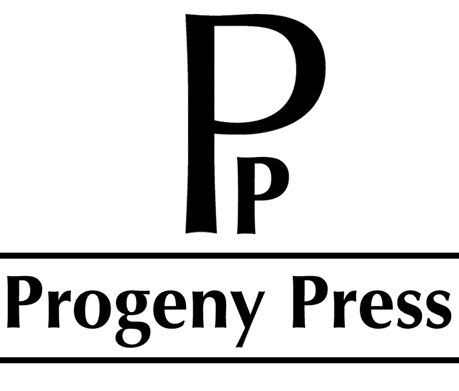
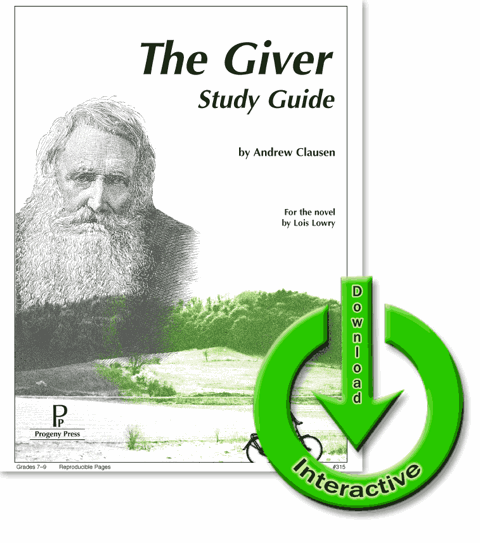
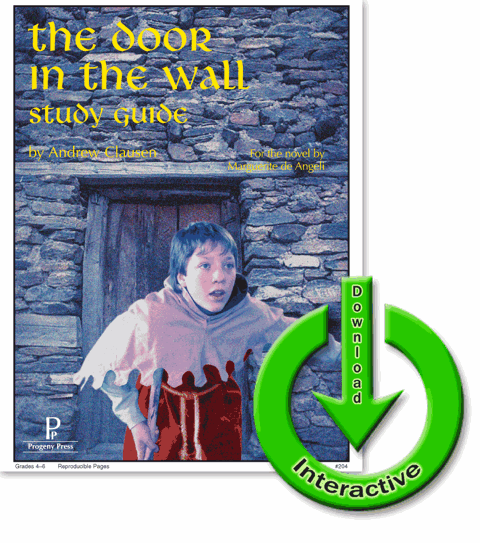

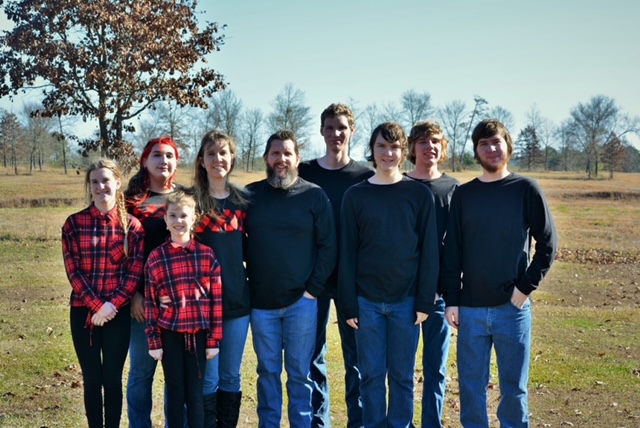
.JPG)
.JPG)
.JPG)
.JPG)



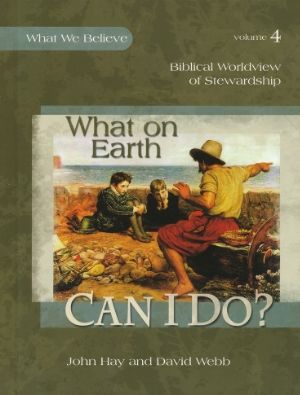





.JPG)
.JPG)
.JPG)
.JPG)
.JPG)
.JPG)

.JPG)
.JPG)

.JPG)
.JPG)
.JPG)
.JPG)
.JPG)
.JPG)
.JPG)
.JPG)
.JPG)
.JPG)
.JPG)
.JPG)
.JPG)


.JPG)
.JPG)

.jpg)









